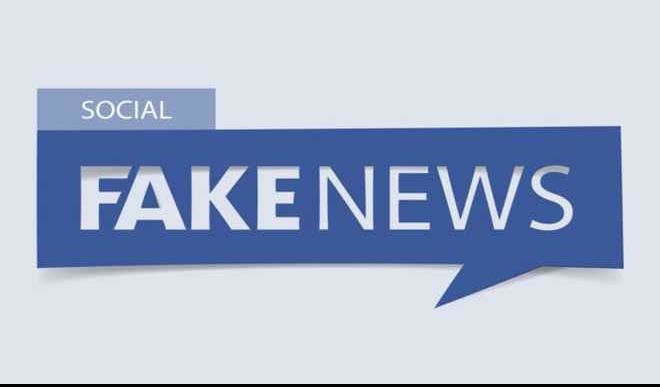I don’t know about you, but based on the massive amount of data that’s available in the more credible news outlets, I am firmly of the opinion that fake news has reached an epidemic proportion, and Social media sites, particularly Facebook, appear to be the most efficient conveyors. A recent 2017 paper published by Hunt Allcott and Matthew Gentzkow in the Journal of Economic Perspectives (Volume 31, Number 2 , pages 211-236) reports on carefully conducted study on Social media and fake news in the 2016 election in the U.S. The authors discuss the market for fake news, the real data available on it, Social media as a source of political information, partnership of fake news, the exposure to fake news, and the people that believe in fake news.
An immediate consequence of the fake news episode is the possibility that the most qualified candidate might have been denied winning in last November’s presidential election in the U.S. Other consequences of fake news include the creation of bitter divisions between people, based on religious, ideological, and racial lines. Facebook, Google, and Twitter were summoned to testify before the U.S. Senate Judiciary Subcommittee on Crime and Terrorism. According to the testimony presented by Facebook’s general counsel at the hearing last week Tuesday, as many as 126 million Americans – which is roughly half of the voting population – may have seen material posted by Russian troll farm under fake Facebook identities between 2015 and 2017. Facebook also disclosed that Russian government-linked misinformation agency used original contents in users’ feeds and paid advertisements to deceive American voters. The government of Ukraine has experienced a similar problem from Russia; and so have several other countries. The destruction of democracy in the targeted countries is generally believed to be the motive behind foreign-government-backed fake news purveyors.
Dividing countries on the basis of race is certainly quite dangerous, as has been evident in the U.S. and South Africa, two of the countries in the world with the most endemic racial problems. Another issue with Russian meddling in the U.S. presidential elections pertains to the fact Social media allowed the Russians to advertise on their platforms without following the same regulations on political advertisements as advertisers in newspapers and on radio and television currently do. This is one of the concerns of the U.S. law makers. The legal requirements include disclosing the persons or organizations that paid for the ads in Facebook, Google, and Twitter. Moreover, foreign entities are banned from running election-related ads. Obviously Facebook, Google, and Twitter operated against the U.S. laws in allowing the Russians to post divisive political ads intended for American citizens, and which might have changed American democracy and the course of history in that country. Some are even blaming the apparent raucous and confusion in the U.S. White House on the Russian-facilitated election of an “unsuitable” candidate!
Social medial platforms are particularly well suited to the dissemination of fake news when compared with other media outlets. For example, as pointed out by Allcott and Gentzkow, contents can be relayed among users with no significant third-party filtering, fact-finding, or editorial judgement. Thus, an individual user with no track record or reputation can in some cases reach as many readers as one of the most famous cable networks. Furthermore, as pointed out by these authors, “the fixed costs of entering the market and producing content are vanishingly small.” Also, “the format of social media-thin slices of information viewed on phones or news feed windows-can make it difficult to judge an article’s veracity.” Moreover, it has been shown that Facebook friend networks are ideologically segregated. That is, they occur among friendships between people who report ideological affiliations in their profiles, the median share of friends with the opposite ideology is only 20 percent for liberals and 18 percent for conservatives – and people are considerably more likely to read and share news articles that are aligned with their ideological positions. Allcott and Gentzkpw therefore suggest that “people who get news from Facebook (or other Social media platforms) are less likely to receive evidence about the true state of the world that would counter an ideologically aligned but false story.”
So, what to do, as Social media and fake news are with us and probably won’t go away? The ability to spot fake news is a must-have for everyone, and FactCheck.org’s 2016 article “How to Spot Fake News” becomes a must-read. Thus, you must critically consider the source of any news item, read beyond the headlines to determine the whole story, checkout the author for his profile, click any links provided to determine if the information given supports the story, check the date for relevance, be able to determine if the story is a mere joke, do not allow your personal bias cloud your judgement, and be willing to check facts by consulting a fact-finding site.
On an institutional scale, educating secondary school students on the ability to spot fake news may be necessary in the curriculum. The Italian government is leading the efforts in this area.
Source: Daily Trust





